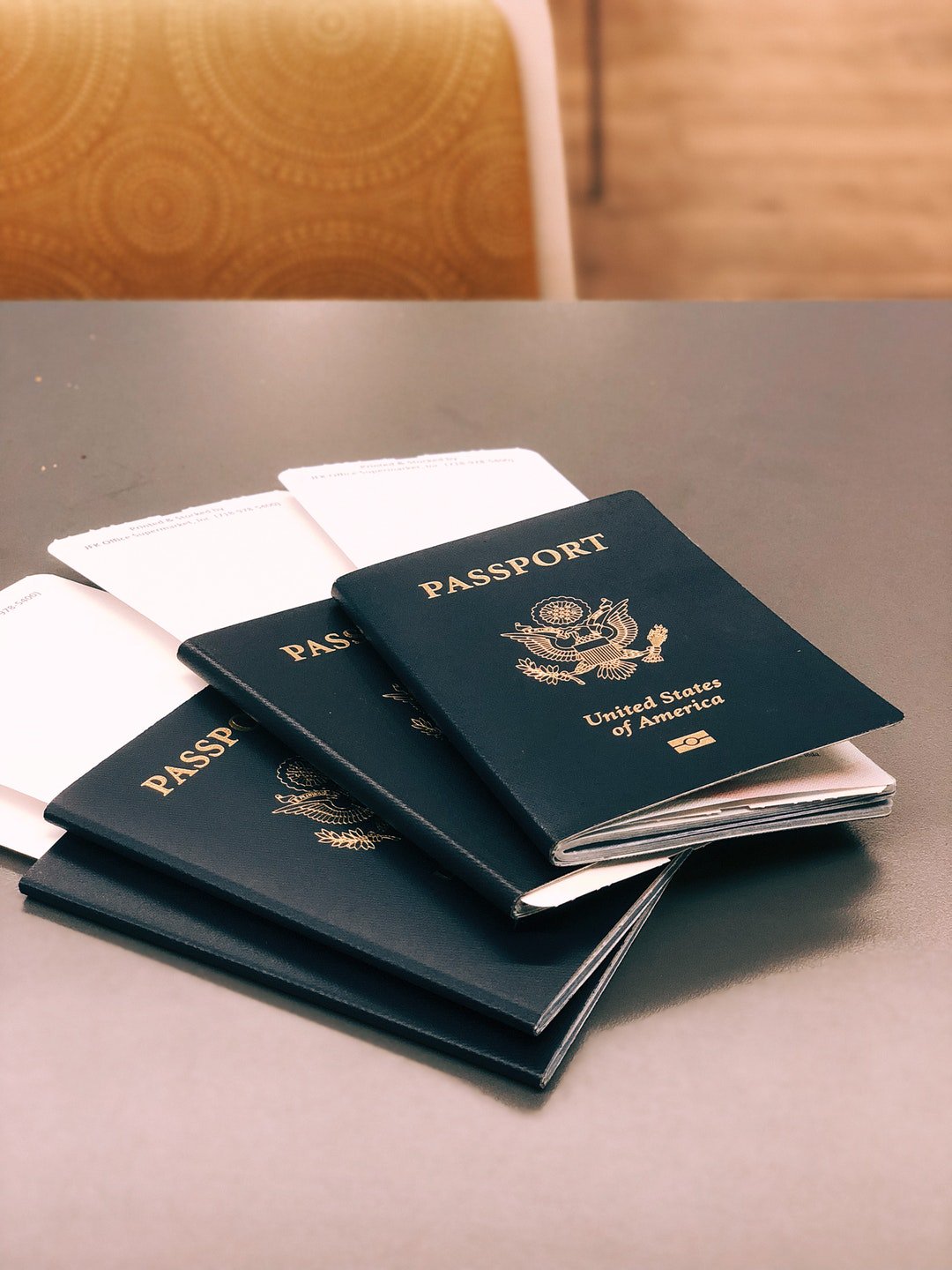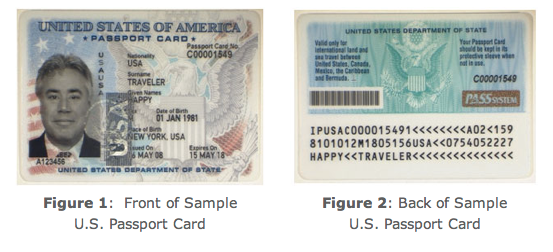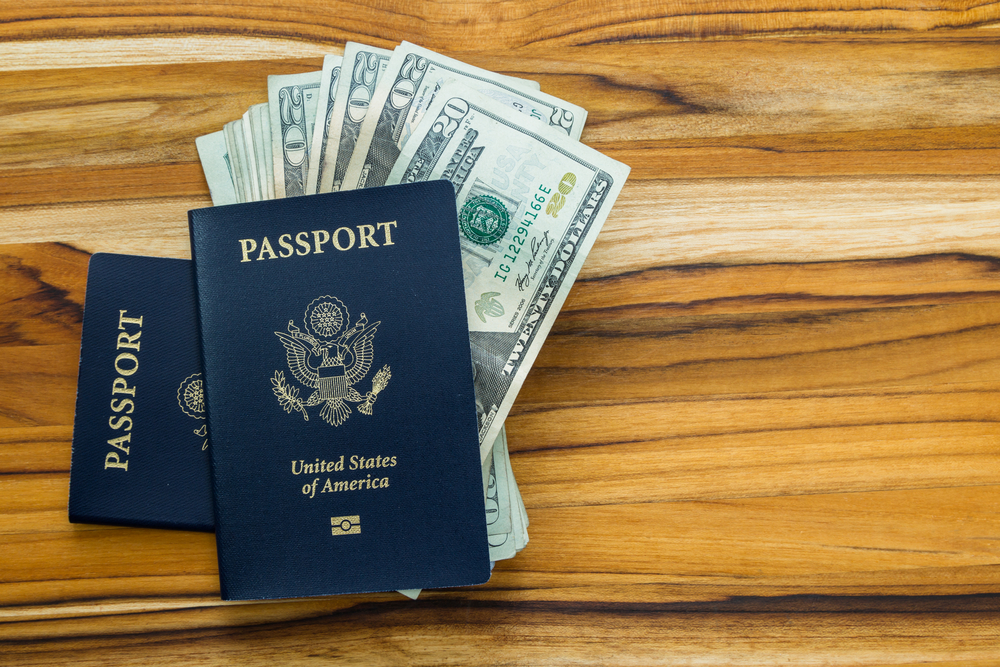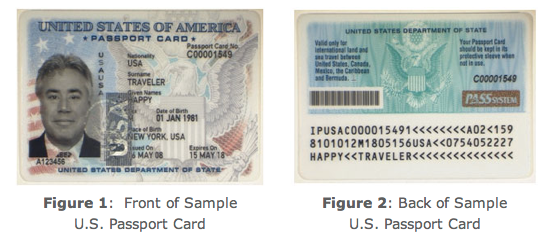Did you know that over 21.3 million passports were issued last year?
If you’ve got a passport but you need to have it updated to reflect your new name, the process can be confusing!
Whether you’re recently married, recently divorced, adopting, or planning to legally change your name, you’ll need to know the ins and outs of passport name changes.
We’re here to help make it easy as ABC! It doesn’t have to be confusing.
Read on for everything you need to know about a passport name change.
First, You Need to Know…
Even though the process for applying for a passport in your new name is different depending on a few factors, everyone should know the following things!
What Do I Need to Submit for a Name Change?
Besides sending in your old passport (to be voided), you’ll need to send in a new passport photo, payment, and legal documentation that proves your name was changed.
What Counts as Legal Documentation to Prove a Name Change?
The U.S. Passport Guide lists the following as acceptable documents:
- Original or certified copy of a marriage license
- Original or certified copy of a divorce decree
- Original or certified copy of an adoption certificate, or
- Original or certified copy of a court order
Photocopies or notarized copies of the above documents, a driver’s license, or social security cards are not acceptable documentation.
Don’t worry if you don’t have one of these documents! There’s still a way to apply for a passport name change. Read on for more.
How Long Does the Process Take?
It will take between 10-13 weeks to process unless you use an expedited service.
And that doesn’t include the time it takes for your materials to be mailed in and back to you.
If you’re planning on traveling sooner than 4-6 weeks or your plans require foreign visas, we recommend working with a passport agency.
How Much Is the Passport Name Change Fee?
Applicants who are ages 16 or older and whose passports were issued less than a year ago will not have to pay a fee to change the name on their passports.
For adults whose passport is older than one year, the fee to have a name change is $130, with the option to expedite for an additional $60.
For children aged 15 and younger, the fee to have a name change is $100, with the option to expedite for an additional $60
You can find a more in-depth breakdown of the fee structure here.
What Can I Use to Pay the Fee?
You’ll need to use a check or money order to pay the fees listed above. The payment needs to be sent in by mail with the other documents unless you apply in person.
How Do I Make Sure the Documents I Mail Are Secure?
If you’re mailing any documents, always use a reinforced envelope like a Tyvek envelope that will protect the package from regular wear and tear.
We also recommend purchasing insurance and tracking on the package at the post office. That will allow you to monitor its progress and have enough to replace the lost items.
Related Read: How to Write a Check?
Applying For a Passport Name Change
There are 3 different processes that are for three different types of people. To determine which process is appropriate for you, answer the questions below.
- Is my current passport less than one year old, and do I have documentation proving my legal name change? Yes? Then read #1.
- Is my current passport older than one year, and do I have the documentation that proves my legal name change? Yes? Then read #2.
- If you don’t have the documentation to prove a legal name change then read #3.
Your Current Passport is Less Than 1 Year Old
The first application is for people who have issued their original passports less than one year ago, and have legal documentation to show their name change. If you fit in this category, you’ll fill out Form DS-5504.
Once your form has been completed, you’ll need to mail the form, your current passport, an updated passport photo, payment, and the documentation of your legal name change.
Your Current Passport is between 2-15 Years Old
If your current passport is older than one year and you have the legal documentation to show your name change, then you’ll fill out Form DS-82.
Once your form has been completed, you’ll need to mail the form, your current passport, an updated passport photo, payment, and the documentation of your legal name change.
You Do Not Have Documentation to Prove a Legal Name Change
If you don’t have the legal documentation for your name change then you’ll need to fill out Form DS-11.
Once your form has been completed, you’ll need to appear in person at a local passport office with your current passport, an updated passport photo, payment, and 3 public records with date and place of birth proving exclusive use of your new name for at least 5 years.
One More Thing!
All your documents, your old passport, and your new passport will be mailed back to you within 4-6 weeks.
The above forms are all to be printed off and mailed in with your old passport and name-change documentation, but if you don’t have access to a printer or prefer paperless filing, you can fill out the electronic form here. You’ll need to agree to a disclaimer about fraud and abuse acts.
Now go on and enjoy your travels! Now that you completed your passport name change, you can enjoy all the world has to offer!
Read Next: How to Get an International Driver’s License







